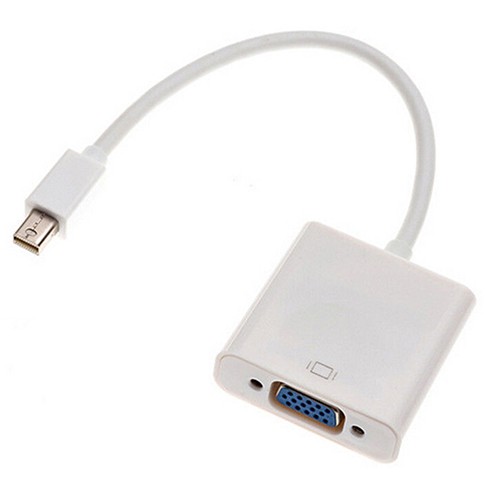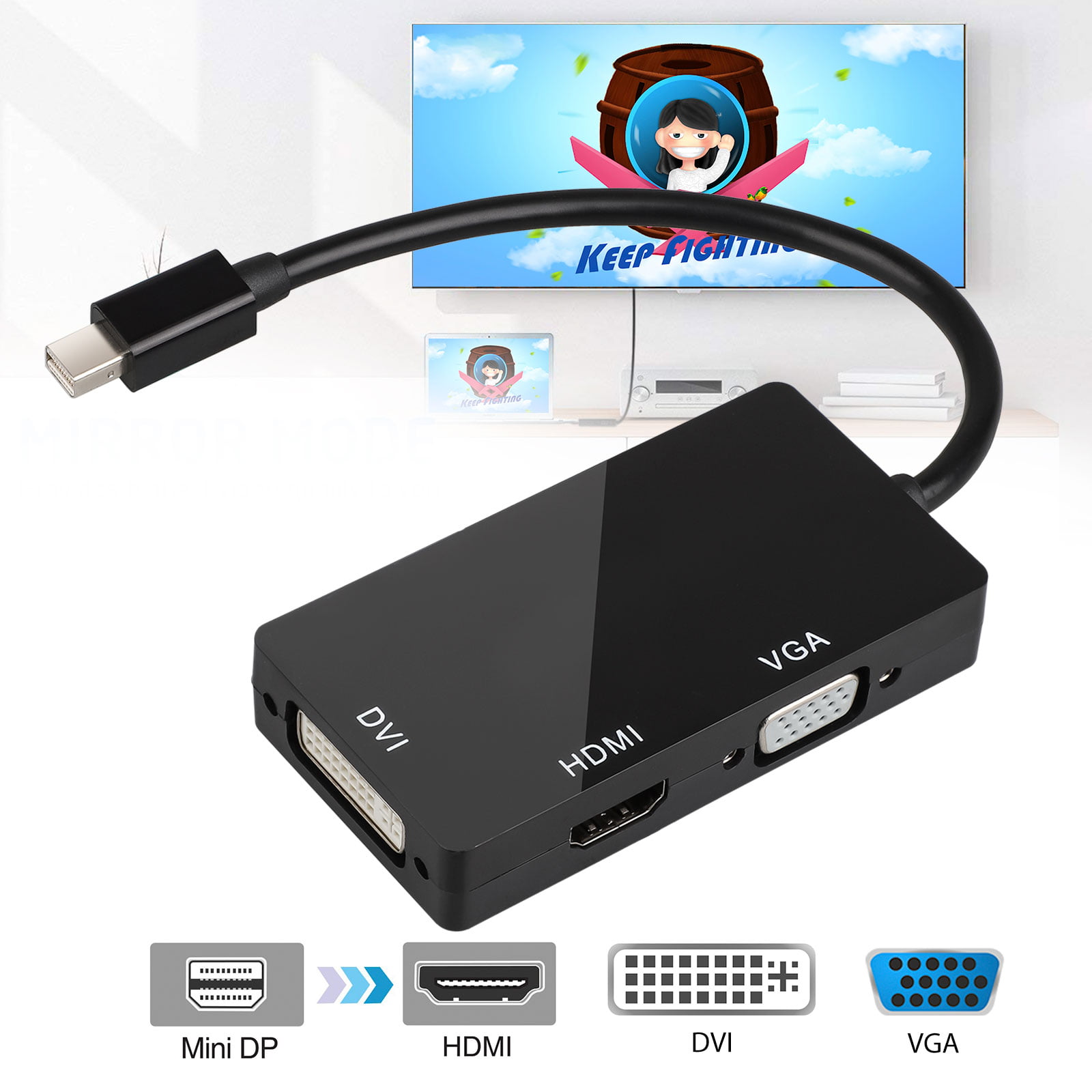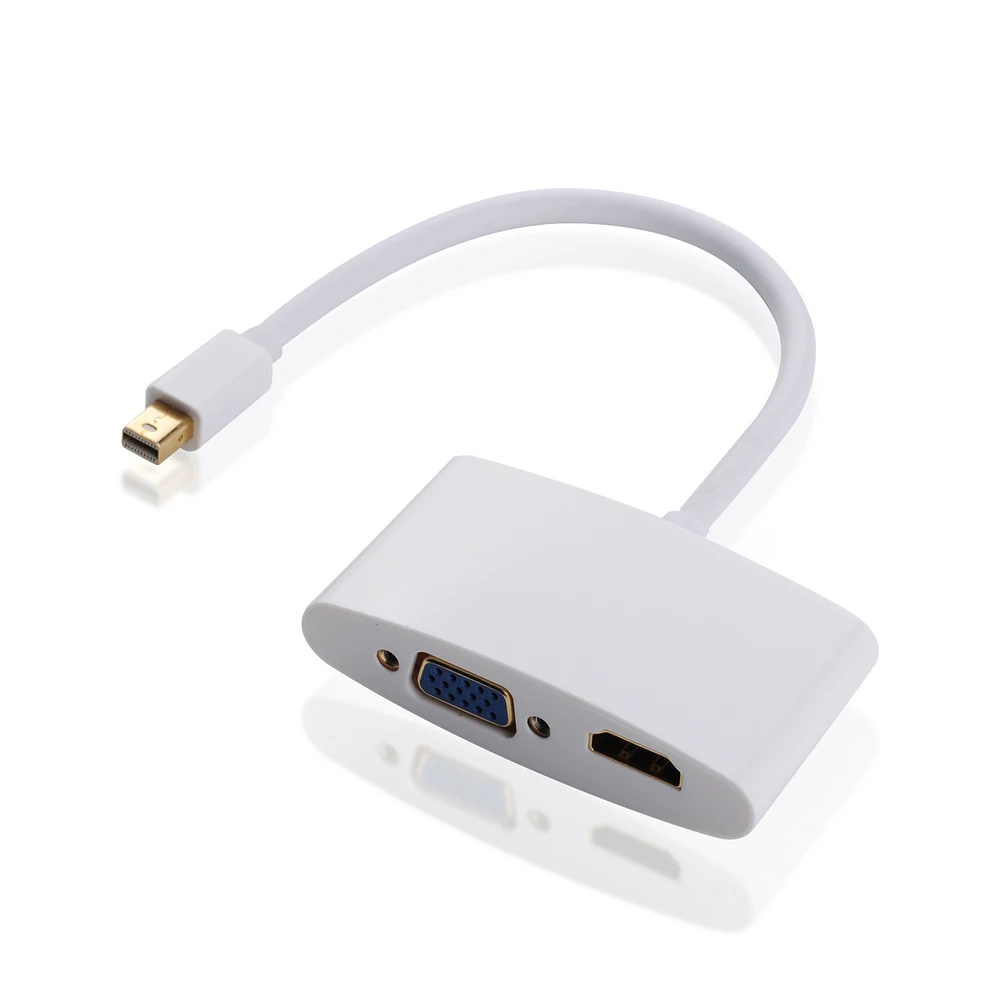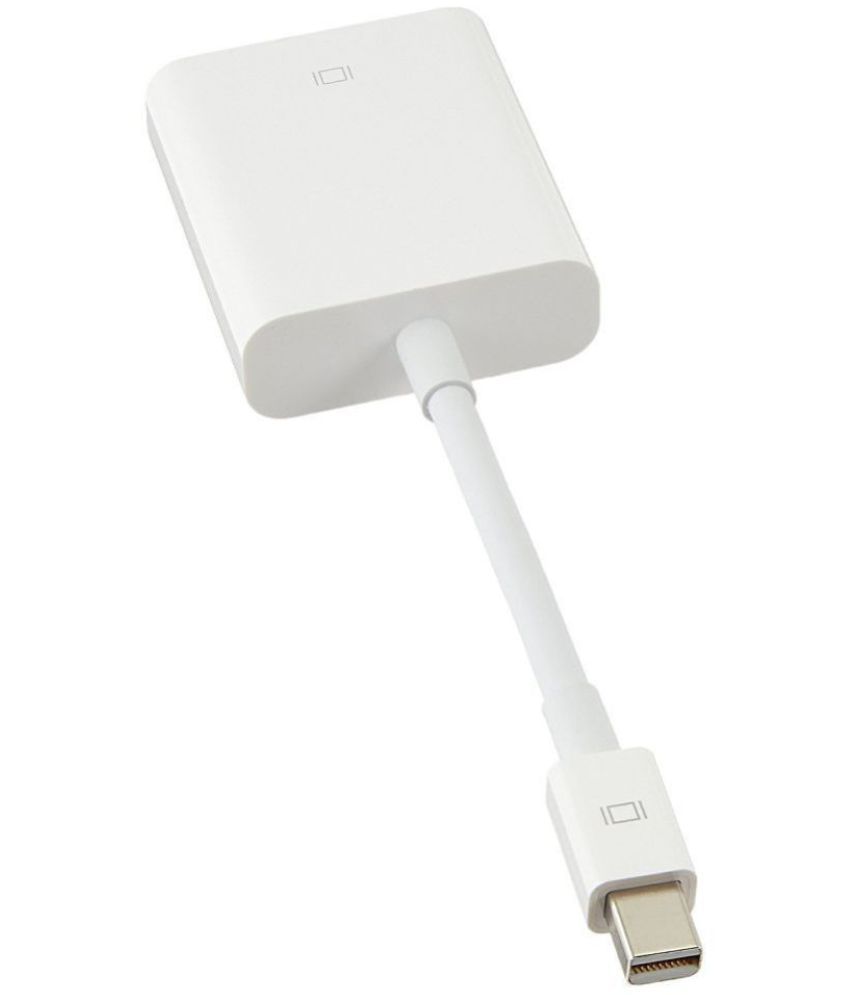

However, dual-mode DisplayPort ports are designed to transmit a single-link DVI or HDMI protocol ( TMDS) across the interface through the use of an external passive adapter, enabling compatibility mode and converting the signal from 3.3 to 5 volts. The interface uses an LVDS signal protocol that is not compatible with DVI or HDMI. The interface is also capable of carrying bidirectional USB signals. A bidirectional, half-duplex auxiliary channel carries device management and device control data for the Main Link, such as VESA EDID, MCCS, and DPMS standards. The video signal path can range from six to sixteen bits per color channel, and the audio path can have up to eight channels of 24-bit, 192 kHz uncompressed PCM audio. ĭisplayPort can be used to transmit audio and video simultaneously, although each can be transmitted without the other. The use of data packets also makes it extensible, meaning more features can be added over time without significant changes to the physical interface.

Unlike legacy standards that transmit a clock signal with each output, its protocol is based on small data packets known as micro packets, which can embed the clock signal in the data stream, allowing higher resolution using fewer pins. It permits the use of internal and external display connections. It is the first display interface to rely on packetized data transmission, a form of digital communication found in technologies such as Ethernet, USB, and PCI Express. It is backward compatible with other interfaces, such as HDMI and DVI, through the use of either active or passive adapters. ĭisplayPort was designed to replace VGA, FPD-Link, and Digital Visual Interface (DVI). It can also carry audio, USB, and other forms of data. It is primarily used to connect a video source to a display device such as a computer monitor. and 30/20 pins for internal connections between graphics engines and built-in flat panels.ġ.62, 2.7, 5.4, 8.1, or 20 Gbit/s data rate per lane 1, 2, or 4 lanes (effective total 5.184, 8.64, 17.28, 25.92, or 77.37 Gbit/s for 4-lane link) 2 or 720 Mbit/s (effectively 1 or 576 Mbit/s) for the auxiliary channel.Ī DisplayPort port (top right) near an Ethernet port and a USB portĭisplayPort ( DP) is a digital display interface developed by a consortium of PC and chip manufacturers and standardized by the Video Electronics Standards Association (VESA).

Optional, maximum resolution limited by available bandwidthĢ0 pins for external connectors on desktops, notebooks, graphics cards, monitors, etc.

Optional 1–8 channels, 16 or 24-bit linear PCM 32–192 kHz sampling rate maximum bitrate 36,864 kbit/s (4,608 kB/s)


 0 kommentar(er)
0 kommentar(er)
